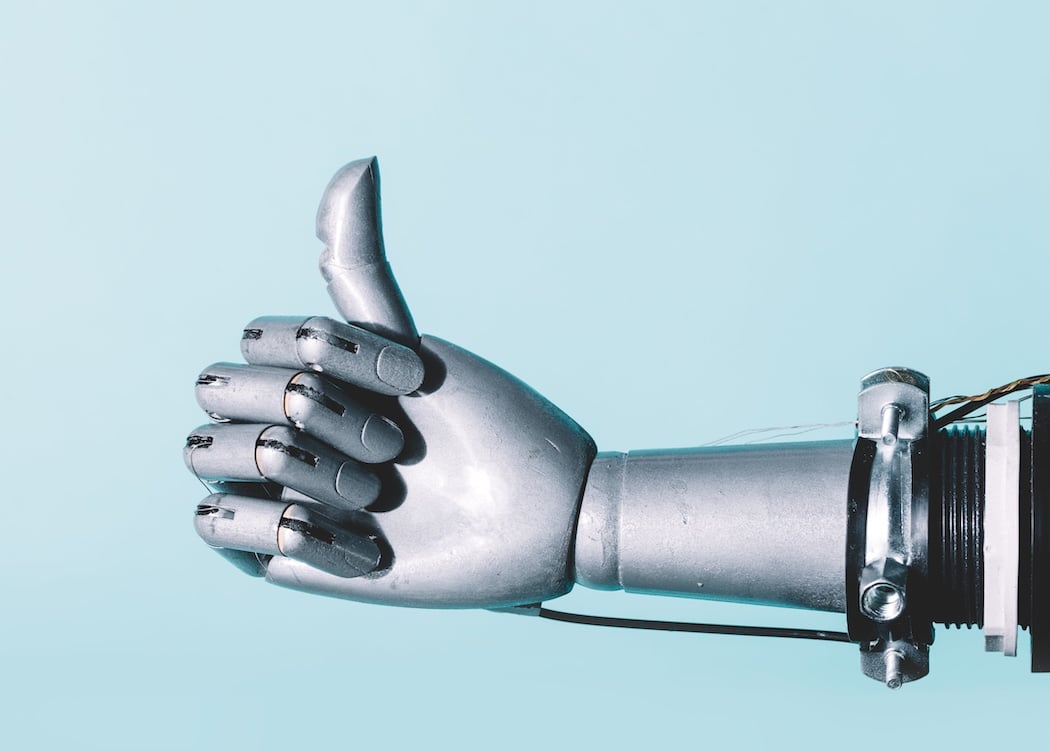We often hear that “little things make a big difference” — but in the workplace, how often do we truly act on that belief? Micro-recognition is the practice of offering small, frequent, and timely acknowledgments for effort, collaboration, or progress. It’s not tied to bonuses, awards, or formal programs — it’s about consistent, meaningful praise that keeps people seen, valued, and engaged.
And it works.
In fact, micro-recognition might be the most underutilized productivity tool in modern workplaces.
📉 The Engagement Crisis: Why the Small Stuff Matters
Gallup’s 2023 State of the Global Workplace report revealed that only 23% of employees are actively engaged in their work. A major driver of disengagement? A lack of meaningful acknowledgment.
According to SHRM, 79% of employees who quit their jobs cite “lack of appreciation” as a key reason. On the flip side, employees who feel regularly recognized are:
- 5x more likely to feel connected to company culture
- 4x more likely to be engaged
- 3x more likely to stay with their employer over the next year
While companies often lean on annual awards or quarterly shout-outs, the reality is that waiting too long — or over-formalizing praise — weakens its impact. That’s where micro-recognition comes in.
🧠 What Is Micro-Recognition?
Micro-recognition refers to brief, timely expressions of appreciation that are personal, spontaneous, and frequent.
Examples include:
- A quick “thank you” in Slack after a meeting
- Emoji reactions to a shared idea
- A private message calling out helpfulness
- Mentioning a teammate’s contribution in a daily stand-up
- Sending a Karma point after someone supports you on a task
It’s less about the ceremony and more about the consistency.
🔍 Why Micro-Recognition Works
Let’s explore the psychology behind it.
1. It’s Immediate
The human brain responds best to immediate feedback. According to neuroscientist David Rock, timely praise releases dopamine, reinforcing the behavior and making people want to repeat it. Micro-recognition taps into this reward loop perfectly.
2. It Builds Psychological Safety
When people feel appreciated — even for small efforts — they are more likely to speak up, collaborate, and take creative risks. This cultivates a culture of trust, which is a core ingredient of high-performing teams.
3. It Reinforces Core Values
A quick “thanks for living our value of empathy today” isn’t just praise — it’s cultural reinforcement. Micro-recognition becomes a subtle but powerful way to keep company values alive, every day.
4. It’s Scalable
You don’t need a huge HR budget to build a micro-recognition culture. With tools like Karma, micro-praise becomes baked into your workflow, whether your team is remote, hybrid, or in-office.
💬 Micro-Recognition in Action: Real-World Examples
Let’s look at how modern teams are using micro-recognition to boost engagement:
-
Remote Product Teams use Karma to send instant kudos after sprints, celebrating not just outcomes but efforts like collaboration, adaptability, or support.
-
Customer Service Teams shout out colleagues for handling tough calls or jumping in to help during busy hours — often right inside Slack channels.
-
Marketing Teams use daily stand-ups to recognize team members who went above and beyond, keeping morale high in high-pressure environments.
In each case, micro-recognition fosters a culture of appreciation without disrupting workflows.
🔧 How to Build a Culture of Micro-Recognition
Micro-recognition doesn’t require a formal program — but it does require intention. Here’s how to start:
1. Model the Behavior
Leaders and managers must set the tone. When employees see recognition modeled regularly — especially for small wins — they’re more likely to follow suit.
2. Use the Right Tools
Tools like Karma in Slack or Microsoft Teams make micro-recognition frictionless. With commands, emojis, leaderboards, and badges, recognition becomes part of your digital culture.
3. Celebrate Progress, Not Just Perfection
Praise effort, not just results. Recognize someone for learning something new, stepping outside their comfort zone, or being a great teammate. These small notes of encouragement fuel growth.
4. Make It Personal
“Great job!” is fine. But “Thanks for staying late to finish that client deck — it really helped the team shine” means more. Specific praise lands deeper.
5. Build Regular Rituals
Set weekly themes (e.g., “Most Supportive Teammate Monday”), daily appreciation prompts, or Friday gratitude sessions. Rituals help consistency without feeling forced.
📈 The ROI of Micro-Recognition
Want proof it pays off? Companies that prioritize regular, informal recognition:
- See higher NPS scores from both employees and customers
- Have lower absenteeism and burnout rates
- Experience 25-40% fewer resignations
Even more, they create cultures of belonging and motivation — which are priceless.
💡 Common Misconceptions
Let’s bust a few myths:
-
“It feels cheesy or fake.” Only if it’s insincere. Authentic, specific praise never gets old.
-
“We already do a quarterly awards thing.” Great! But quarterly is not enough. People need weekly — even daily — affirmation to stay engaged.
-
“It takes too much time.” A quick emoji, sentence, or Karma point takes seconds — but its effects last days.
🌱 The Long-Term Cultural Impact
Think of micro-recognition as watering a plant. Alone, a single drop may not seem like much. But daily drops nourish roots, support growth, and help the culture flourish.
Over time, you’ll notice:
- Higher retention
- More proactive collaboration
- A visible shift in team energy
- A stronger emotional connection to the mission
And it all starts with the smallest habit: saying “thank you.”
✨ Final Thoughts
Micro-recognition doesn’t need to be big, loud, or budget-heavy. It just needs to be consistent, specific, and sincere.
When you build a workplace where appreciation is part of the everyday rhythm, you’re not just boosting morale — you’re creating a resilient, human-centered culture where people thrive.
Start small. Praise often. Watch the impact grow.


 AI and Employee Recognition: The Future of Human Appreciation
AI and Employee Recognition: The Future of Human Appreciation